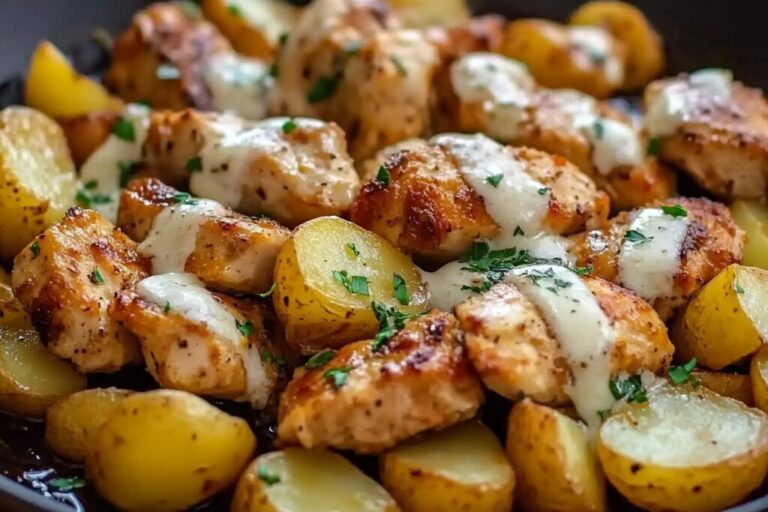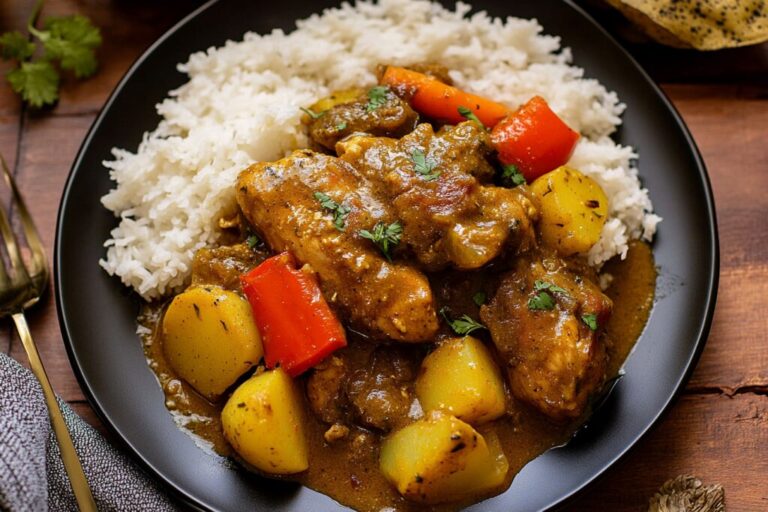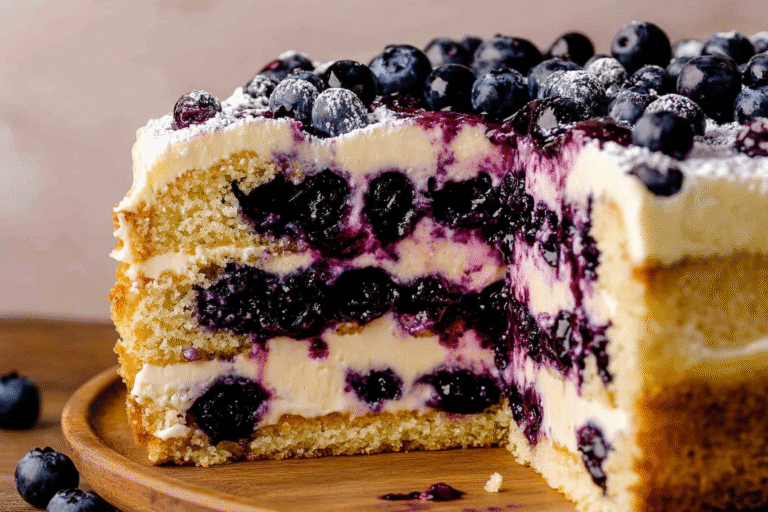Banana Pepper Hot Sauce
Introduction
Banana peppers are known for their mild heat and tangy flavor, which makes them a perfect base for homemade hot sauce. Whether you’re looking to spice up your meals, add some zing to your dips, or gift a unique condiment to friends, banana pepper hot sauce is the perfect recipe to try. This easy-to-follow recipe promises a balance of flavors, a rich texture, and the flexibility to adjust spice levels according to your preferences. Let’s take a deep dive into the steps and ingredients needed to make this delightful sauce.
Detailed Ingredients with Measures
– Banana peppers (2 cups, sliced)
– White vinegar (1/4 cup)
– Garlic cloves (2, minced)
– Sugar (1 teaspoon)
– Salt (1/2 teaspoon)
– Olive oil (1 tablespoon)
– Optional chili peppers for extra heat (to taste)
– Water (if needed for thinning the consistency)
Prep Time
The preparation process for banana pepper hot sauce is incredibly simple and straightforward. Prep time typically takes around 10 to 15 minutes, as the peppers need to be sliced and additional ingredients measured and ready to blend. Keep in mind that the quality of your ingredients, such as fresh banana peppers and garlic, plays a crucial role in the sauce’s overall flavor.
Cook Time, Total Time, Yield
Cook time for the banana pepper hot sauce is approximately 15 minutes, allowing the ingredients to soften and blend together beautifully. Adding this to the preparation time, the total time required to make this sauce is about 30 minutes. This recipe yields approximately 1 cup of hot sauce, ideal for several servings and versatile uses. Adjust quantities if you’d like to make a larger batch to store or share.
“`html
Detailed Directions and Instructions
Step 1: Prepare the Peppers
– Wash the banana peppers thoroughly under cool running water to remove any dirt.
– Slice off the stems and cut the peppers into smaller pieces. You may remove the seeds if you prefer a smoother sauce with less heat.
Step 2: Chop the Onion and Garlic
– Peel and roughly chop the onion into smaller pieces.
– Peel the garlic cloves and set them aside for blending later.
Step 3: Blend the Ingredients
– Add the chopped peppers, onion, and garlic into a blender.
– Pour in the vinegar and water to help blend the mixture into a smooth texture.
– Blend until everything is fully combined and reaches your desired consistency.
Step 4: Cook the Mixture
– Pour the blended mixture into a saucepan or pot.
– Heat on medium-low, stirring occasionally to avoid sticking or burning.
– Let the sauce cook for approximately 10-15 minutes to enhance the flavors.
Step 5: Cool and Taste Test
– Remove the saucepan from the heat and allow the sauce to cool down.
– Taste the sauce and add salt or additional vinegar if necessary to adjust the flavor balance.
Step 6: Store the Sauce
– Once cooled, transfer the hot sauce into sterilized glass bottles or jars using a funnel to avoid spills.
– Seal the containers tightly and store them in the refrigerator.
Step 7: Serve
– Use the banana pepper hot sauce as a condiment for your favorite foods or recipes.
Notes
Adjusting Heat Levels
– If you want the sauce milder, remove the seeds and inner membranes of the banana peppers before blending. For hotter sauce, add spicy peppers like jalapeños or habaneros.
Consistency of the Sauce
– To make the sauce thicker, allow it to simmer for a longer time to reduce the liquid content.
Storage
– The sauce can last for several weeks when stored in a sterilized container in the refrigerator.
Flavor Variations
– You can add additional spices or herbs like cumin, cilantro, or paprika to give the sauce a unique flavor.
Substitutions
– Apple cider vinegar can be used instead of white vinegar for a sweeter flavor profile if desired.
Uses
– This hot sauce pairs well with eggs, sandwiches, tacos, or any meal that needs a tangy and spicy kick!
“`
“`html
Cook Techniques
Roasting the Banana Peppers
Roasting the banana peppers adds a smoky flavor dimension to the hot sauce. This technique involves lightly charring the skin under a broiler, over a gas flame, or in a hot oven.
Blending for Smooth Consistency
For a silky smooth sauce, use a high-speed blender to thoroughly process the ingredients. This ensures a homogenous texture and helps to emulsify the mixture.
Adjusting the Fermentation Period
Ferment the peppers for a richer and deeper flavor. Extending the fermentation period allows more complex flavors to develop but can be adjusted to personal preference.
Sterilizing the Bottles
Before storing your hot sauce, sterilize the bottles or jars to prolong shelf life and prevent contamination. This can be done by boiling the containers or using sterilizing solutions.
Balancing Heat and Sweetness
Experiment with balancing heat using banana peppers and other stronger chilies, while adjusting sweetness by introducing sugar or natural sweeteners to achieve a harmonious flavor.
FAQ
Can I use other pepper varieties instead of banana peppers?
Yes, you can substitute banana peppers with other mild or spicy peppers to customize the heat level. Consider matching the flavor profile of the alternative peppers with the other ingredients.
How long does banana pepper hot sauce last?
When stored properly in a sterilized bottle in the refrigerator, the hot sauce can last for several months, maintaining its flavor and quality.
Does the sauce require fermentation?
Fermentation is optional but recommended for more complex flavors. If you choose not to ferment, ensure the other ingredients are balanced to achieve a well-rounded taste.
Can I adjust the thickness of the sauce?
Yes, the sauce consistency can be adjusted by adding more or less liquid, such as vinegar or water, during the blending process.
Is it necessary to use gloves when handling banana peppers?
While banana peppers are relatively mild, using gloves is recommended if handling a large batch. This prevents potential irritation, especially if you’re working with additional spicier peppers.
Can I make the hot sauce less tangy?
To reduce tanginess, you can decrease the amount of vinegar in the recipe or balance it out with additional sweeteners, like sugar or honey.
What foods pair well with banana pepper hot sauce?
Banana pepper hot sauce complements a variety of dishes, including eggs, pizza, tacos, grilled vegetables, and roasted meats. Its versatility makes it a great condiment for many meals.
“`

Conclusion
This banana pepper hot sauce is a versatile and flavorful addition to any spice lover’s kitchen. It offers a delightful balance of heat and tanginess, making it perfect for various dishes. Simple to make and customizable, it’s a great way to utilize your banana peppers and enjoy their naturally mild heat. Whether you’re adding it to tacos, eggs, or grilled meats, this sauce is sure to elevate your meals.
More recipes suggestions and combination
Sweet and Spicy Chili Sauce
Try combining banana peppers with some honey or maple syrup to create a sweet and spicy chili sauce. This is perfect for glazing chicken or drizzling over roasted vegetables.
Banana Pepper Relish
Turn your banana peppers into a flavorful relish by mincing them and combining with vinegar, sugar, and spices. This pairs wonderfully with burgers or hot dogs.
Creamy Banana Pepper Dip
Blend banana pepper sauce with cream cheese or yogurt for a creamy dip. It’s great for chips or raw vegetables.
Mixed Vegetable Hot Sauce
Add other peppers, like jalapeños or habaneros, for a mixed vegetable hot sauce with extra kick and flavor complexity.
Banana Pepper Pasta Sauce
Incorporate the banana pepper hot sauce into a unique pasta sauce with olive oil, garlic, and fresh herbs for a tangy and zesty meal option.
Banana Pepper Salsa
Combine diced banana peppers with tomatoes, onions, and lime juice to craft a fresh and mildly spicy salsa for chips or tacos.







